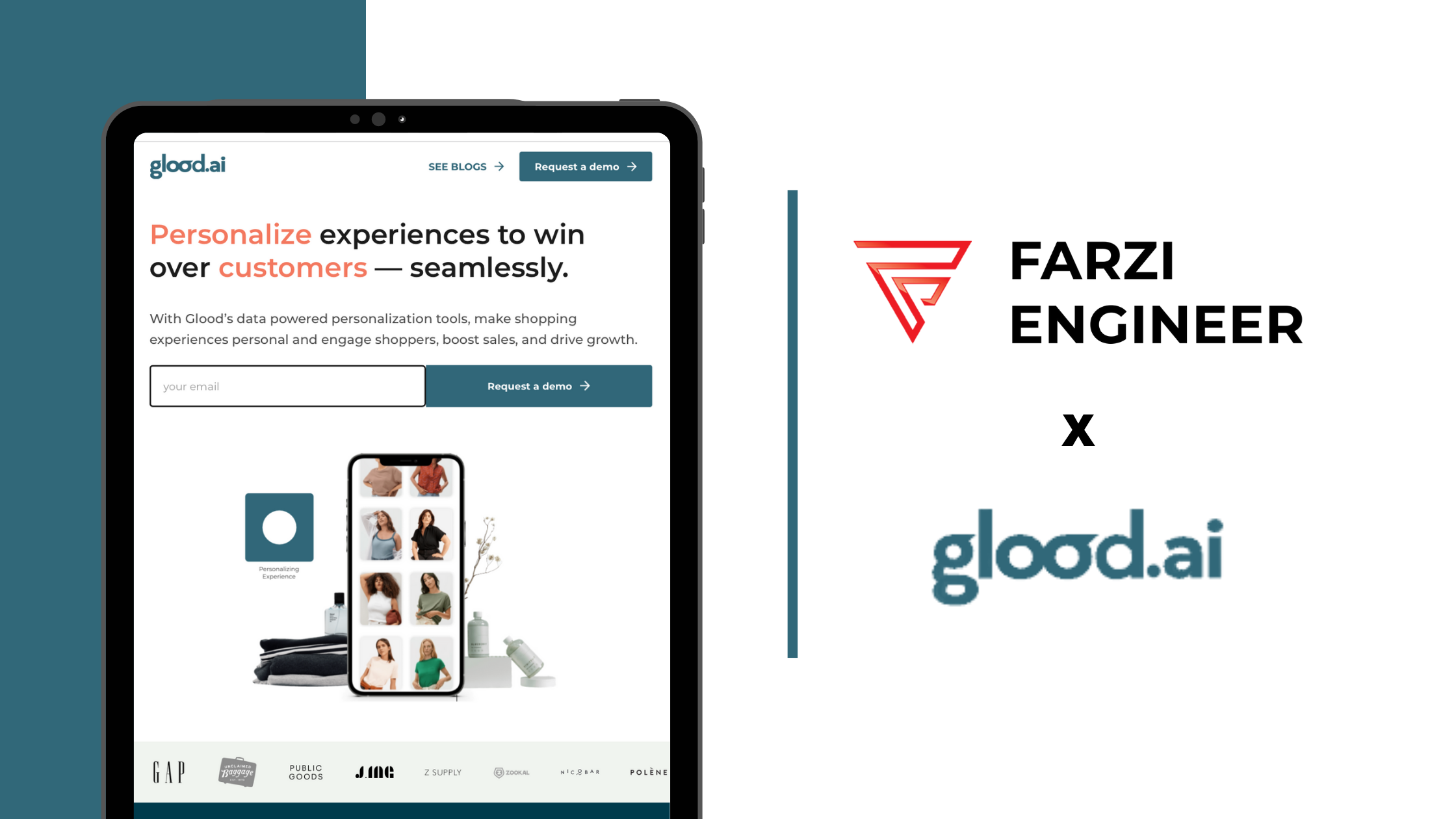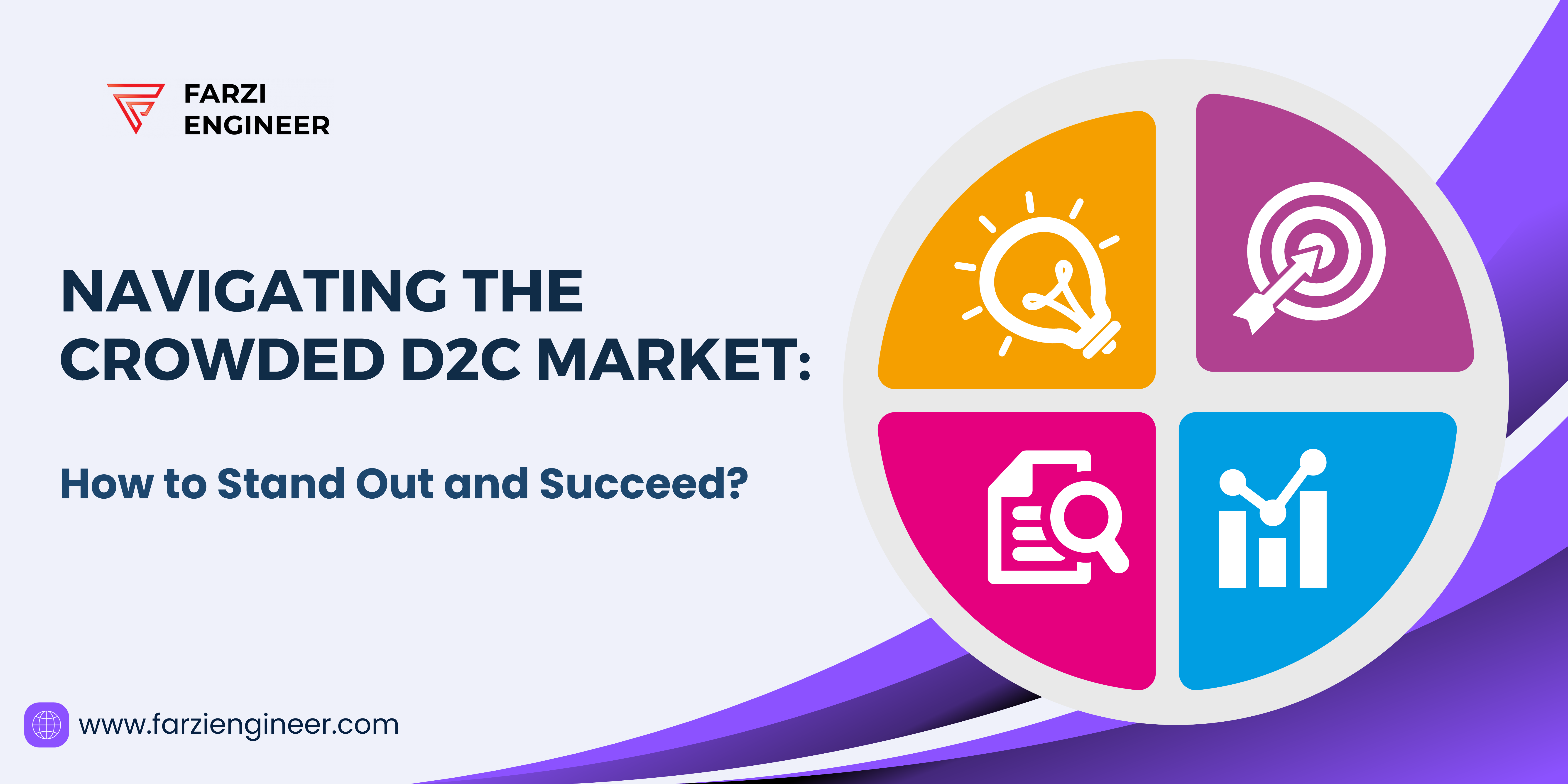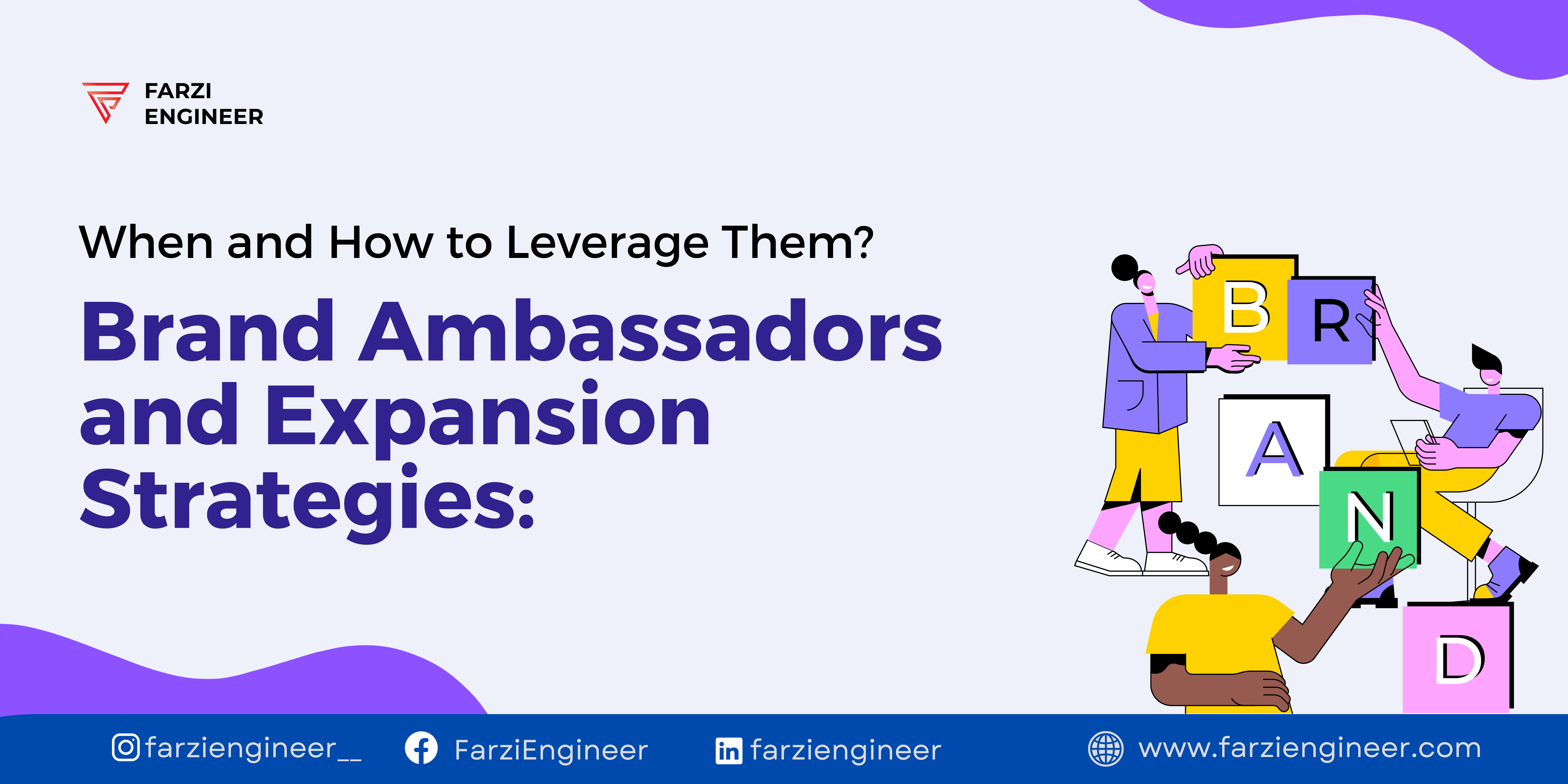Personalized eCommerce Experience And Its Importance
eCommerce Personalization can help you boost revenue, engage customers, and gain loyalty for an extended period. With personalization, you not only create a tailored experience for your customers but also develop an emotional connection with them.
Customers in the current eCommerce environment are highly concerned with the relevance of products and the user experience they receive. They rarely return to a website if they deem any of its content or product uninteresting or irrelevant. However, customers can be held back by improving their user experience, known as On-site or Website Personalization. On-site personalization provides a customized experience and personalized recommendations to visitors and customers based on their individual choices and on-site activity. Personalization in e-commerce is more than just the latest fad, it is here to stay and with Glood.AI, you can bank on providing the best shopping experience to customers.
On-site and Marketing Personalization
Earlier, in the case of brick-and-mortar stores, you asked a store associate a question and had a one-on-one chat about your needs. Online buying increased convenience but reduced personalization. With so many platforms to contact consumers, it’s harder than ever to capture their attention and guide them through the buying funnel. Only personalization narrows it down, providing you with an edge in attracting new customers and retaining them.
Thus, the aim of on-site personalization is to boost relevancy and user engagement by delivering customized, real-time, and user-specific information. Users identify relevant products, spend more time on the website, explore more products, and participate in more deals as a result. Another advantage of on-site personalization is that it increases visitors to the website, leading to increased conversion rates.
For on-site personalization, you need to focus on three crucial areas: on-site personalized product recommendations, images on homepage or landing pages; pop-ups, banners, and modals. Further, there are various ways by which you can target different audiences that include category or product preference, customer lifetime value, discount preference, e-mail identified visitors, and lifecycle stage. You can take full advantage of the opportunities offered by Glood.AI in providing on-site personalization.
Major e-commerce stores have already captured customer attention by offering the best, effective, and personalized recommendations. For example, Amazon employs at least 6-8 recommendation panels at the site’s homepage.
Stand Out From Competition using Personalization
Post-Covid, there has been a surge in online shopping. When companies provide personalized content to the customers, their online shopping experience goes a level up. The shift from brick-and-mortar shopping to online shopping has pressurized companies to deliver a highly personalized experience to customers as a part of customer retention and acquisition strategy.
Some important stats related to eCommerce revealed from a study published by Invesp are:
- 59% of online shoppers find it more interesting to surf recommended products on a personalized eCommerce store.
- 56% of customers would re-visit a site that offers them recommended product list.
- 53% of online customers believe that retailers who personalize their shopping experience offer a valuable service.
- 45% of online shoppers would visit a site that provides personalized recommendations.
Customer expectations for relevant, contextual, and convenient experiences have risen in the digital era. The customer expects to get their wishes granted, and they gravitate toward brands that treat them as unique individuals throughout their journey. With the help of Glood.AI, marketers can use intelligent product recommendation methods to keep customers interested.
Our emotions are connecting factors and can result in great bonding if appropriately considered. Contextual marketing helps smart brands develop relevance, build loyalty, and eventually increase profits through emotional relationships. Customers are more likely to buy from brands that remember their name and purchasing history. So you need a mechanism to use customer data to create timely, relevant, and tailored information and deliver great experiences across all platforms.
Benefits of Personalization
Personalization helps give a seamless experience to customers by integrating their browsing behavior, past purchases, demographics, and other personalized data for offering customized recommended products across different customer channels. Research shows personalization has a significant impact on the following aspects:
Higher conversion rate
According to the study, the conversion rate rose to 3.4% when people viewed three personalized pages consecutively against 1.7% who viewed just two pages of personalized content.
Higher average order value (AOV)
When customers are provided with recommended products, they are likely to make return visits owing to 40% higher AOVs than those with non-recommended products. Further, customer re-visits tend to yield 4% higher AOVs than first-time buyers.
Increased customer loyalty
Customer loyalty increases when the brand tends to understand and cater to the personal needs of the people. This fact was supported by 70% of the respondents who participated in a survey.
Cross-channel personalization experiences
Companies can interlink online browsing behavior with in-store behavior to provide an omnichannel personalization experience to customers. This can further act as a feedback loop for providing online product recommendations following customers’ in-store purchases.
Personalization and Essential Metrics
There are five essential metrics for measuring personalization:
Product discovery metrics
There are three product discovery metrics that help attract and acquire visitors to a site. These include impressions, reach, and engagement. Impressions refer to the number of times an ad or content is presented to the visitor. These can occur either through paid ads on Google or sharing them on social media platforms. Reach is a measure of the number of followers and subscribers on social media and different loyalty programs. Engagement relates to the intersection of impressions and reaches of the customers towards a particular content. This metric includes various activities such as click-through, likes, and shares. With Glood.AI, you can provide personalized recommendations to your customers and increase impressions, broadening the reach while gaining engaging customers.
Acquisition metrics
After making your product discovered online, you can use different metrics such as e-mail click-through, cost per acquisition, organic acquisition traffic, and social media engagements. With the help of an e-mail click-through rate, you can find how many of your e-mail subscribers visited your site. Cost per acquisition relates to the cost you incur for acquiring new customers. As the name suggests, organic acquisition traffic measures the number of visitors who organically come to the site. Personalized marketing can help reduce acquisition costs. For instance, by sending relevant product recommendations via emails or web push notifications. For providing the best, personalized experience to customers, you need to ensure that on-site/technical SEO goes well with off-site SEO practices. Among the best social media metrics are likes, shares, comments, and clicks per post.
Conversion metrics
Conversion metrics include shopping cart abandonment, checkout abandonment, micro to macro conversion rates, average order value, and sales conversion rates. While cart abandonment measures how many people add items to the cart but leave the site without purchasing them, checkout abandonment refers to customers who abandon a website after the checkout process has been initiated. The micro to macro conversion rates refers to measuring activities that are important in the funnel. The average order value is the average price incurred per customer when he/she checks out for the items in the cart. Further, sales conversion rates measure the traffic required for generating sales targets. Here, personalization can help improve your average order value and performance in converting a visitor to a paying customer by gaining and retaining customers for an extended period.
Retention metrics
Retention metrics are essential for eCommerce personalization, focusing on how well a site can retain the acquired customers, provide good customer service, conduct loyalty programs, and repeat purchase campaigns. These include customer retention rate, customer lifetime value, repeat customer care, refund and return rate, and eCommerce churn rate. While customer retention rate measures customers retained over a time period, that retention period is measured by customer lifetime value. Further, repeat customer rate shows the percentage of customers who made multiple purchases while refund and return rate is considered negative metric as it degrades the drive of the business. Lastly, the churn rate tracks the turnover of your customers.
Advocacy metrics
Advocacy metrics determine the effort you put in towards attracting, acquiring, and retaining customers. These include net promoter score, subscription rate, and program participation rate. The net promoter score measures product quality and customer service quality, while the subscription rate measures the percentage of visitors who opted for an e-mail subscription. Further, the program participation rate refers to the percentage of customers who participate in customer loyalty programs.
Key Takeaways
Personalization solutions for eCommerce boost revenues, customer engagement, and customer loyalty. Setting up an efficient personalized recommendations system may appear to be a complex concept with many features involved, but with the correct set of tools, it is much easier to achieve. Overall, eCommerce personalization is the only way to remain competitive in today’s fast-paced eCommerce world, and fortunately, through Glood.AI, it is possible to start right away.





